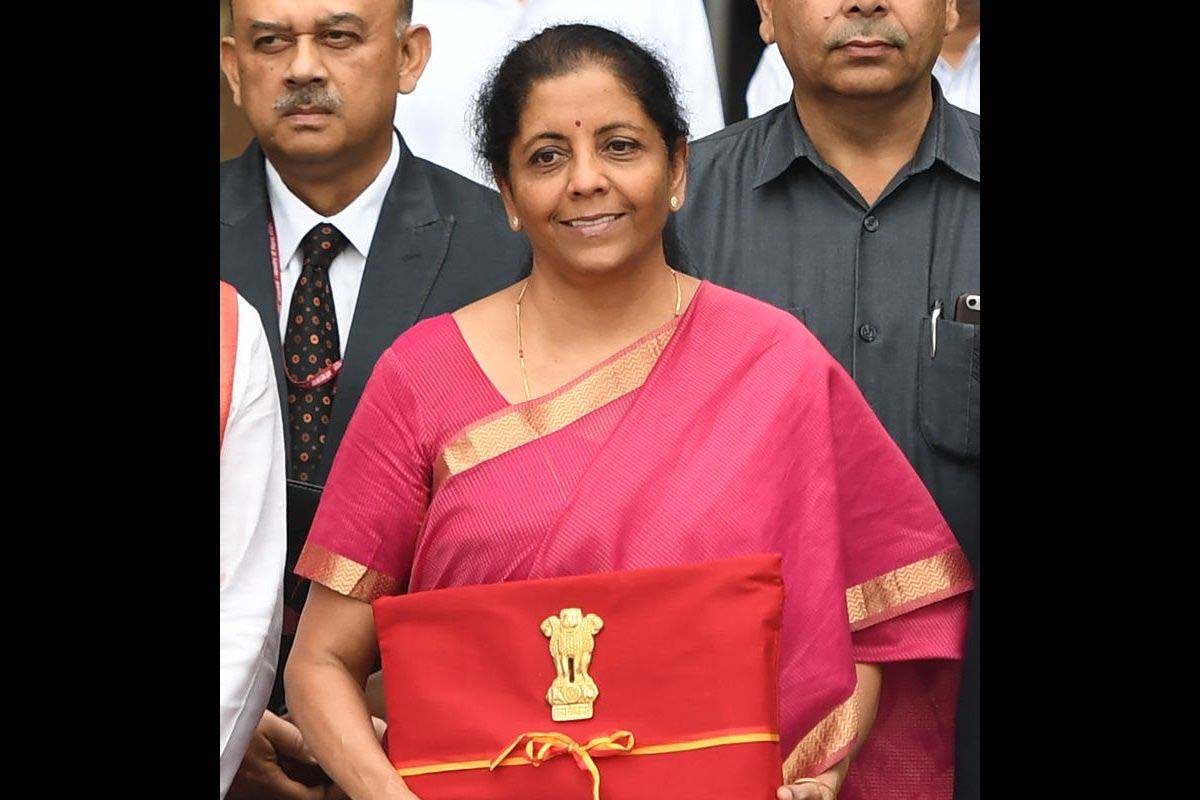Inheritance tax could nullify the progress India made in last 10 years: Nirmala Sitharaman
The finance minister criticised the Congress party for allegedly advocating the inheritance tax.
A striking feature of Mrs Sitharaman’s maiden presentation must be the proposal on public-private partnerships, most importantly for faster development and completion of tracks, the manufacture of rolling stock, and delivery of passenger and freight services.

Photo: AFP
The pronounced emphasis on suburban travel in this year’s Railway budget ~ now incorporated in the general ~ will be generally welcomed by the burgeoning daily commuters in the metropolitan cities, notably Kolkata, Mumbai, and Chennai. The local train is the lifeline that links their homes to workplaces, just as the Railways are the lifeline of the nation. Thanks to a pragmatic school of town planning, the exponential increase in population and the expansion of cities in the direction of the peripheral areas, the satellite towns have virtually merged with the cities via the iconic local train, albeit dangerously overcrowded almost 24 X 7.
The daily commuters must thank the Finance minister for sparing a thought for this segment, which constitutes the bulk passenger traffic each day. Mrs Nirmala Sitharaman has hinted at a dose of pumppriming of the suburban rail system through what they call Special Purpose Vehicles (SPV). There is, therefore, a distinct focus on regional connectivity ~ a remarkably rational course of action instead of floating a trial balloon such as the bullet train. Towards that end, the Regional Rapid Transit System (RRTS) is constructing high speed rail corridors between Delhi and Meerut and between Alwar in Rajasthan and Panipat in Haryana. On a parity of reasoning, the scheme can well be extended to West Bengal given the mounting demand for suburban connectivity, both northwards and southwards of Kolkata… stretching to the Bangladesh border and the Sundarbans. The other imperative is to introduce more trains on both the Howrah and Sealdah divisions. Yet another is the urgent need to effect a crackdown on ticketless travel on the suburban sector. For all the investments, the Railways have been losing a fair amount on this score every fiscal. Incredible as it may sound, but nonetheless is true, there is little or no check in all or nearly most of the local stations, let alone routine inspection inside the coaches.
A striking feature of Mrs Sitharaman’s maiden presentation must be the proposal on public-private partnerships, most importantly for faster development and completion of tracks, the manufacture of rolling stock, and delivery of passenger and freight services. Not wholly unrelated is the improvement and/or restoration of worn-out tracks, direly unsuitable for certain fanciful projects. Execution of the schemes will hinge substantially on investment. Infrastructure will require Rs 50 lakh crore by 2030. The sanctioned projects might take decades to be completed considering capital expenditure outlays of Rs 1.5 lakh crore to Rs 1.6 lakh crore per annum. The overall development must of necessity envisage modernisation of stations for which the Finance minister has proposed a “massive programme”. And if indeed rail travel has to be a “pleasant experience”, as promised, the obvious parameters of improvement are water supply inside trains, clean toilets, and catering of food that is fit for consumption. These are basics that are found wanting.
Advertisement
Advertisement